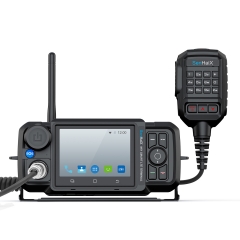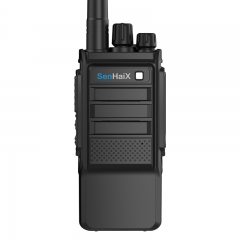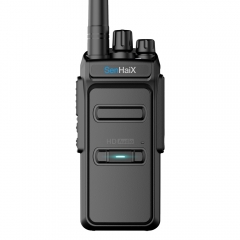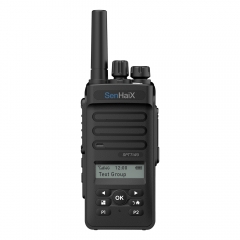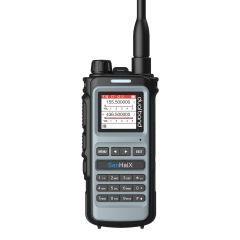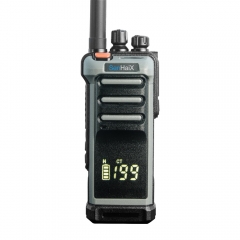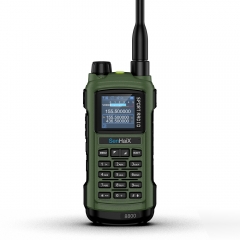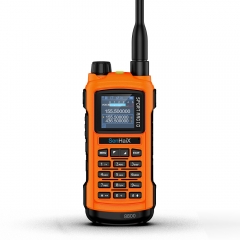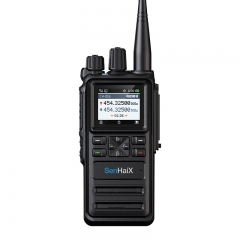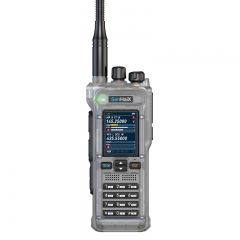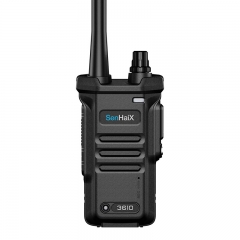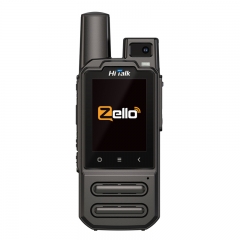The communication distance of two-way radios, also known as their range, is an important factor to consider when using them for various purposes. The range of a two-way radio refers to the maximum distance over which it can effectively transmit and receive signals. Several factors influence the communication distance of two-way radios, and understanding these factors is crucial for achieving optimal performance.
Firstly, the power output of the radio is a significant determinant of its communication distance. Generally, radios with higher output power tend to have a longer range. However, it's important to note that the power output alone does not guarantee an extended communication distance. Environmental factors and obstacles can affect the actual range experienced in practice.
Secondly, the terrain and environment play a crucial role in determining the communication distance. In open areas with minimal obstructions, such as flat plains or open water, the radio signals can travel farther. On the other hand, in urban areas, dense forests, or mountainous regions, the range may be significantly reduced due to the presence of buildings, trees, hills, and other physical obstacles that obstruct or absorb the radio waves. SenHaiX N301 is a good choice.
Additionally, the frequency band used by the two-way radio impacts its range. VHF radios tend to have a longer range compared to UHF radios. VHF waves have a longer wavelength, which allows them to propagate over longer distances. However, UHF radios are more effective in penetrating obstacles and offer better performance in urban environments.
Furthermore, the quality and type of antenna used in the radio can affect its communication distance. The antenna's design, length, and positioning impact the efficiency of transmitting and receiving signals. High-gain antennas or external antennas tend to provide better performance and extended range compared to built-in or short antennas.
It is essential to note that the manufacturer's advertised communication distance is often based on ideal conditions and may not be achieved in real-world situations. Factors such as weather conditions, solar activity, electromagnetic interference, and radio congestion can also influence the range of two-way radios.
To maximize the communication distance of two-way radios, several strategies can be employed. These include selecting radios with higher output power, choosing the appropriate frequency band for the given environment, utilizing high-quality antennas, and maintaining line-of-sight between the radios whenever possible. Additionally, elevating the position of antennas, reducing obstructions, and avoiding interference sources can improve the overall range.
In summary, the communication distance of two-way radios depends on various factors, including power output, frequency band, terrain, obstructions, and antenna quality. Understanding these factors and using appropriate strategies can help optimize the range and ensure effective communication over the desired distance.


















